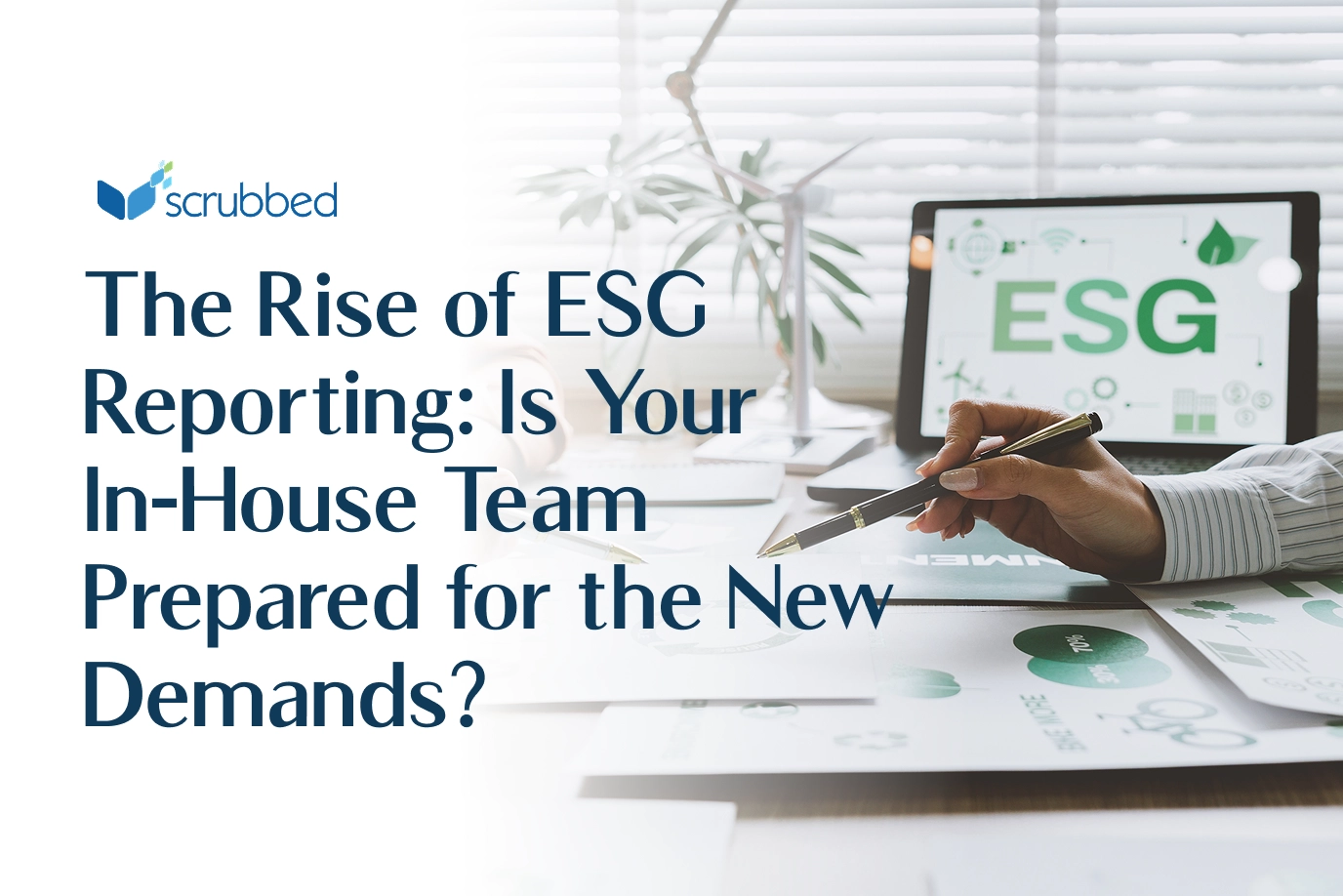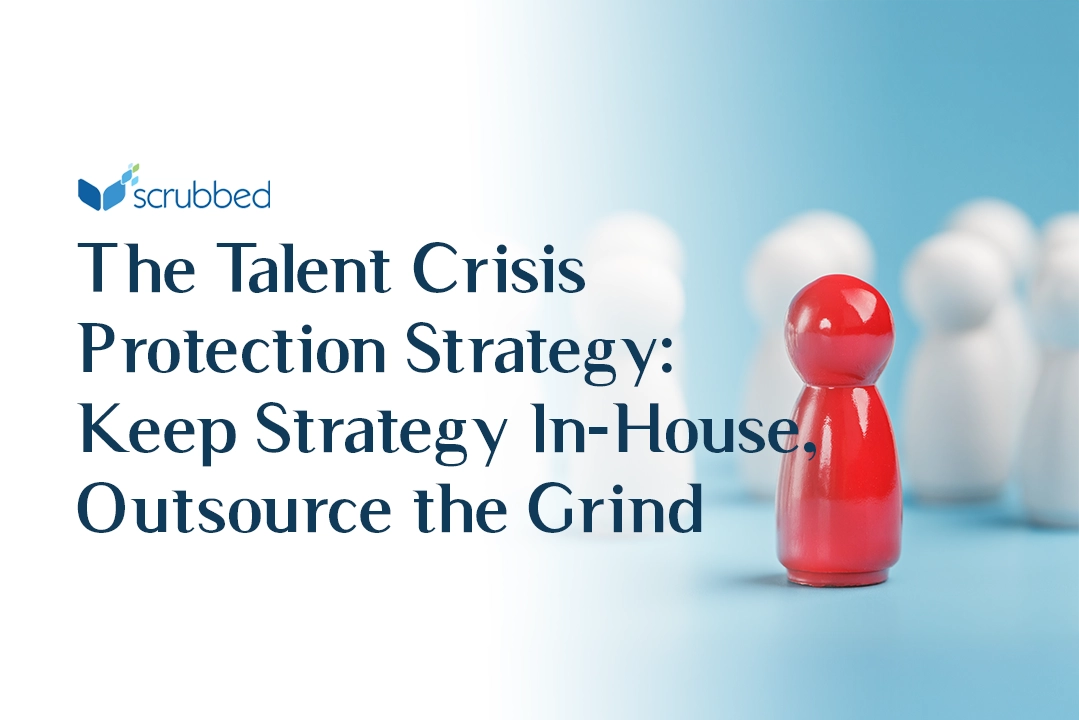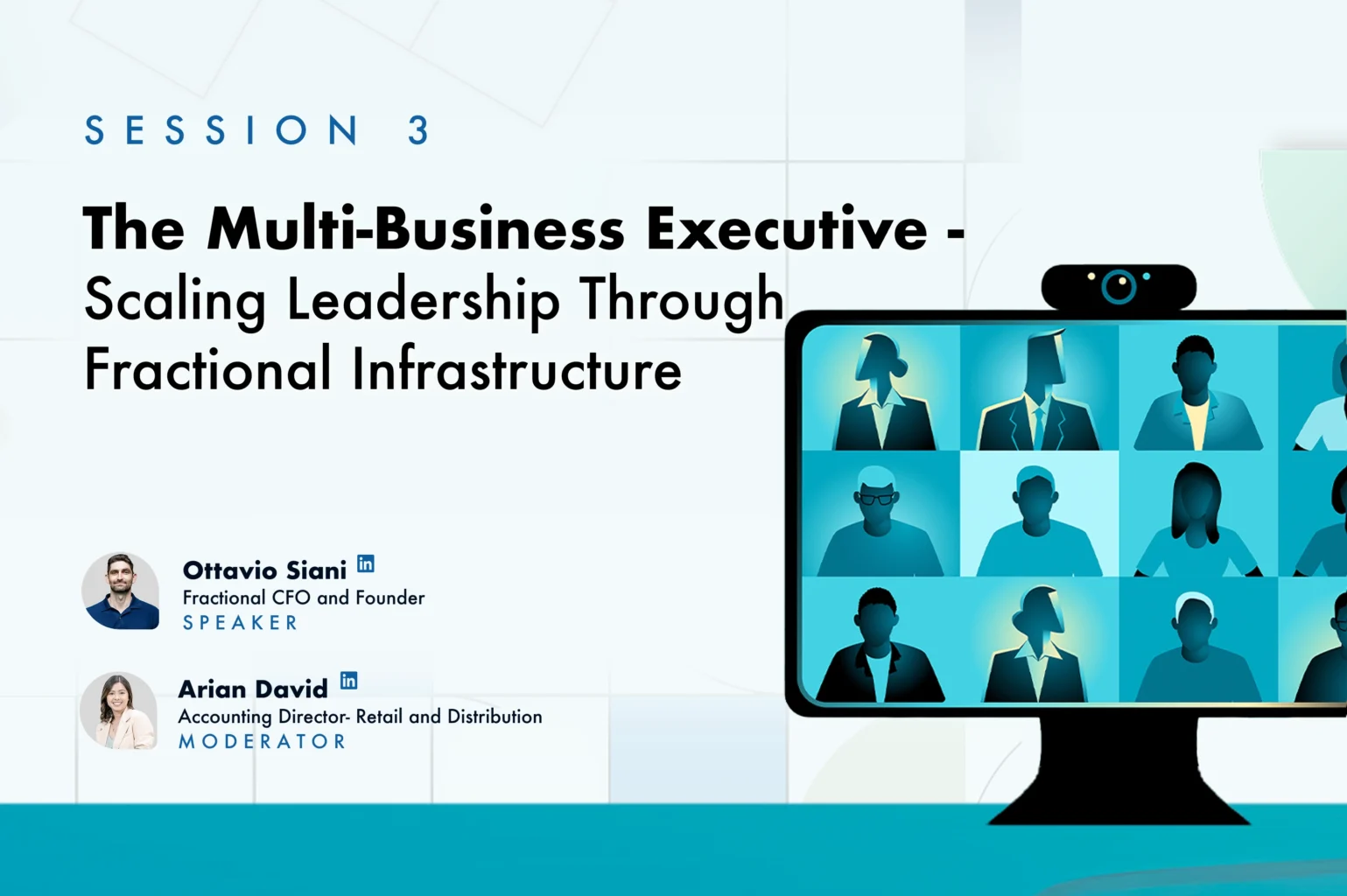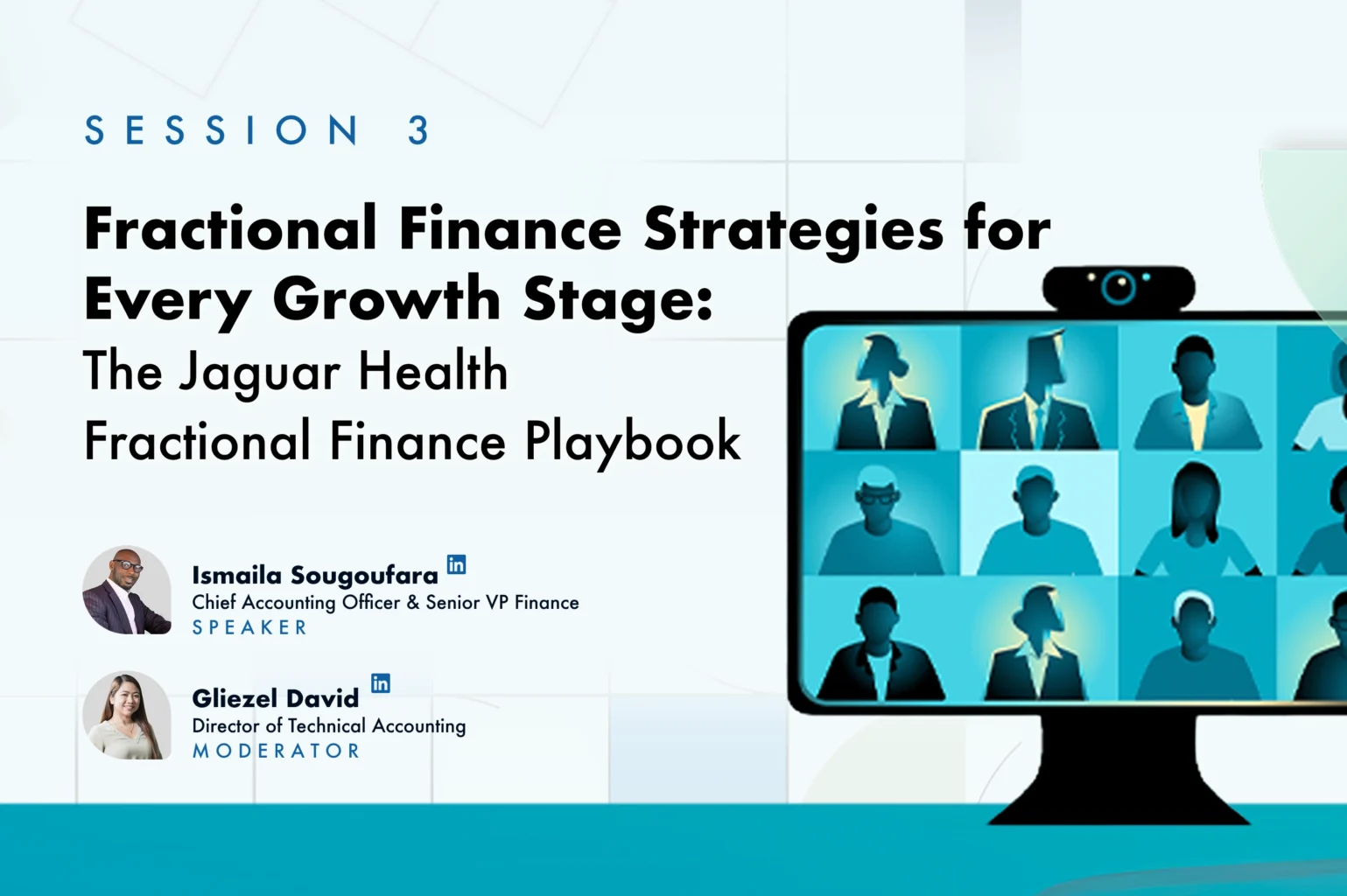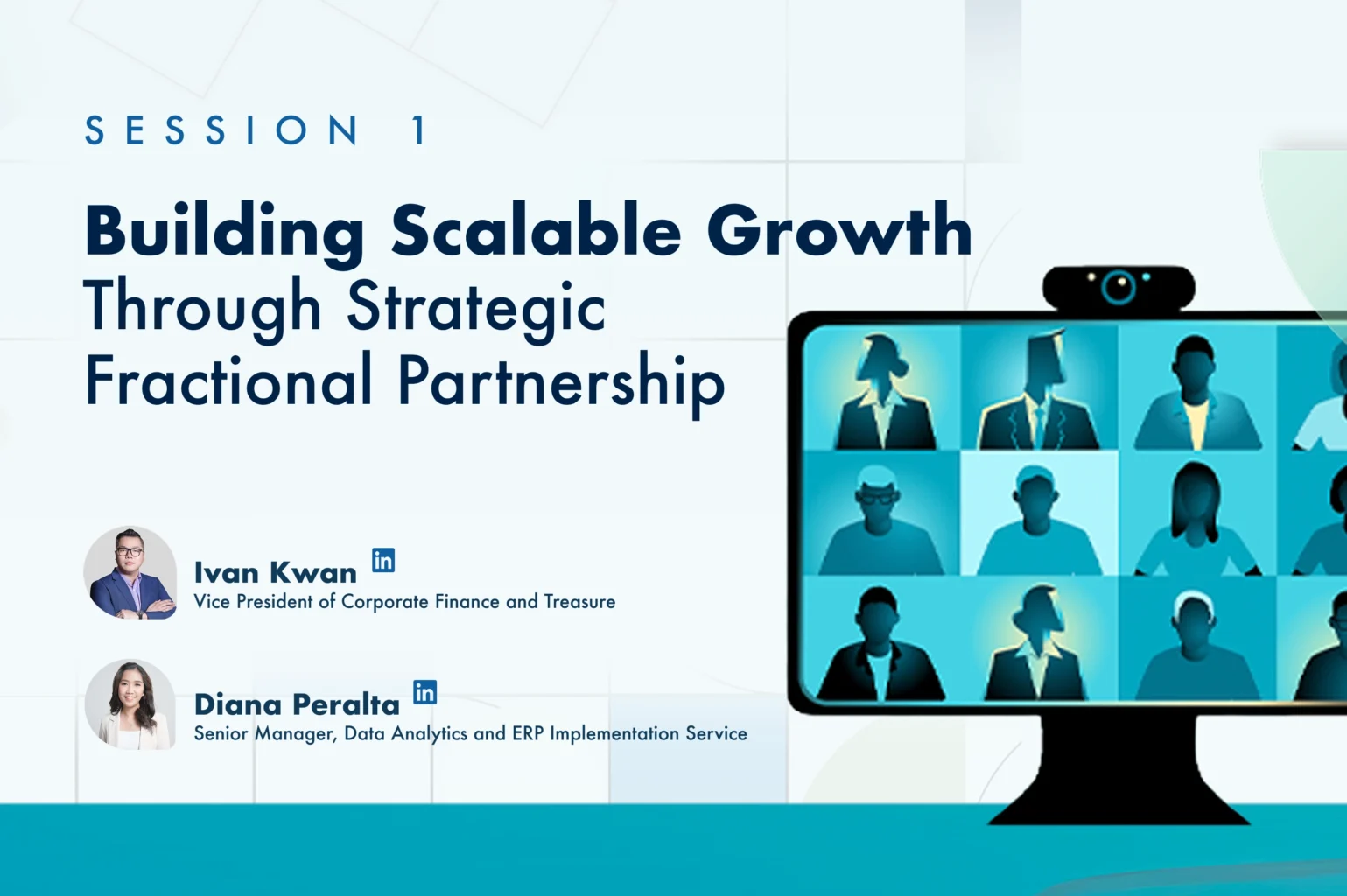Climate change is a pressing issue, and the building and construction sector is a major contributor. A staggering 40% of energy-related CO2 emissions come from buildings, and, according to the UN Environment Programme’s 2022 Global Status Report for Buildings and Construction, the industry falls short of decarbonization targets, with CO2 emissions currently reaching new highs.
From materials used to construction practices and daily operations, traditional methods take a toll on the environment. Sustainable building—architecture focusing on environmental responsibility—offers a solution.
Building Green: A New Approach
Sustainable design is about creating buildings that meet the needs of the present without compromising the ability of future generations to meet their own needs. Its key principles include:
• Eco-friendly materials: Responsibly harvested wood, recycled steel, and locally sourced materials reduce embodied carbon and transportation emissions. Innovations like carbon-neutral concrete further reduce environmental impact. Energy-efficient glasses in façades minimize heat gain and reliance on cooling and lighting.
• Passive & active design strategies: Passive strategies utilize natural elements for energy efficiency and comfort. Daylighting, natural ventilation, and well-insulated walls and roofs improve energy efficiency and resource optimization. On the other hand, active design utilizes technologies like solar panels and wind turbines to generate electricity, working alongside passive strategies for a more sustainable future.
• Water conservation: Rainwater harvesting systems, low-flow fixtures, and efficient irrigation minimize freshwater demand and water wastage, preserving resources and cutting costs.
Sustainable Leaders Around the Globe
Many companies are embracing sustainable practices, showcasing the power of green building. Some prominent examples are:
• Apple Park (Cupertino, California): Features one of the largest on-site solar installations globally, alongside natural cooling systems and extensive green spaces.
• Googleplex (Mountain View, California): Utilizes solar power, recycled water for irrigation, and a building management system that monitors energy use.
• Pixel Building (Melbourne, Australia): Australia’s first carbon-neutral office building boasts efficient daylighting, wastewater processing, and a recycled aluminum façade.
• Bank of America Tower (New York City, New York): Uses 32% less energy than a typical office tower. Abundant daylighting, district-chilled water for cooling, and a green roof prioritize energy efficiency and resource conservation.
• The Edge (Amsterdam, Netherlands): Cutting-edge energy efficiency and occupant comfort technologies include a “digital ceiling” with sensors optimizing lighting and an aquifer-based temperature regulation system.
Global Standards and Certifications
Transitioning to sustainable spaces can unlock exciting opportunities, such as attracting investment from environmentally conscious businesses and consumers. Sustainable building practices are not just good for the planet but also good for business and several frameworks exist to guide the design and construction of sustainable spaces:
• LEED (Leadership in Energy and Environmental Design): A comprehensive framework for designing, constructing, and operating green buildings. It evaluates energy efficiency, water conservation, and indoor environmental quality.
• BREEAM (Building Research Establishment Environmental Assessment Method): Evaluates energy, materials, ecology, and water usage, promoting sustainable material usage and energy-efficient systems.
• WELL Building Standard: Prioritizes air and water quality, user well-being, and environmental sustainability for healthier buildings.
• Living Building Challenge: The most rigorous standard for sustainability, it emphasizes regenerative design principles, reducing energy consumption, and promoting on-site water harvesting.
By prioritizing sustainable design principles, utilizing innovative materials and technologies, and adhering to global green building standards, we can transform our physical environment into a responsible and regenerative force for a healthier planet. This transition not only benefits the environment but fosters economic growth in new and innovative ways.
How Scrubbed Can Support Your ESG Accounting
Transitioning to sustainable spaces can unlock access to sustainability-focused investments. However, acquiring green-fund investment entails providing impact reports highlighting such investment’s positive environmental effects—a task our ESG team can assist you with. These meticulously structured reports are indispensable for attracting more investors, meeting regulatory requirements, and earning the trust of environmentally conscious consumers. For SaaS-based companies navigating this shift, our SaaS accounting expertise ensures that sustainability initiatives are aligned with accurate financial reporting and industry-specific best practices. Our outsourced accounting team specializes in staying updated on evolving regulations and trends affecting your accounting and finance operations. Our expertise extends to ESG-related accounting and reporting and compliance with sustainability regulations. Contact us to learn how we can help you navigate emerging ESG requirements or visit our ESG page here.Disclaimer: The information contained herein is general and is not intended to address the circumstances of any particular individual or entity. It is not intended to be relied upon as accounting, tax, or other professional services. Please refer to your advisors for specific advice. Although we endeavor to provide accurate and timely information, there can be no guarantee that such information is accurate as of the date it is received or will continue to be accurate. No one should act upon such information without appropriate professional advice after a thorough examination of the particular situation.
- Disclaimer: Services being offered do not require a state license.
- Special thanks to Laiza Ellaine Losañes for his valuable contribution to this article.



